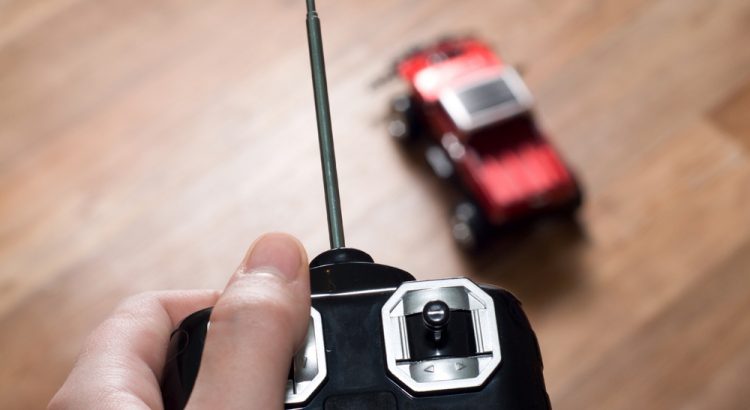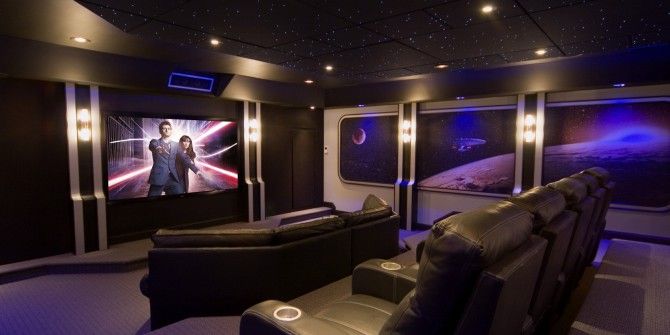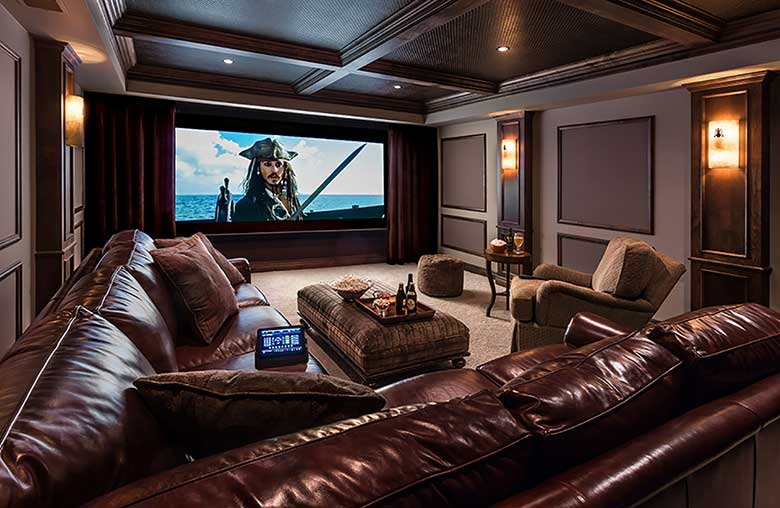Want to feel the power of the best rc rock crawler and feel the drive of exciting races outside or even in the apartment?
Choosing a gift, and therefore want it to be fun and exciting? We’ll tell you everything about cool radio-controlled cars, so that your purchase is successful.
Modern car models are not children’s toys. Pick up the remote control and you will understand why they are called a mixture of high technology and adrenaline.
Each model has its own advantages and features. Choose “for yourself” and “on your own”, focus on the nature of the future pilot and his preferences: a cool SUV to overcome obstacles or a fast racing car.
Features, similarities and differences
For a beginner RC-modeller, all RC cars at first glance differ in design and purpose: some are fast and maneuverable, and some are hardy SUVs.
In fact, the classification is correct, but professional users divide the radio-controlled models into: Monster, Crawler, Buggy, Truggy, On-road Drift / Racing, Short Course, Stadium Truck, and collectibles.
Monster
The most popular RC cars among fans and novice RC modelers.
They have an impressive appearance and a nice serious cross. Big wheels with powerful treads are also a nice addition.
With this car you will feel comfortable on any road.
Effective overcoming of is an easy task for a monster – a master of stunt riding and showing off!
Do you want a lot of drive and positive emotions? Monster is your car.
Buggy and Truggy
Sports SUVs: stable, fast and maneuverable.
The buggy’s ground clearance is low, so do not expect super-patency from this class of radio-controlled models.
Truggies differ from buggies with a wider wheelbase, increased wheel diameter and, accordingly, greater cross-country ability.
Do you want to arrange some driving action or a race? Take a look at buggy or truggy.
Short Course and Stadium Truck
Radio-controlled models, the main difference between which and the buggy is the representation of the body.
They look like real racing trucks and are created as copies of famous champions.
This is an explosive mixture of monsters and buggies, but with specific differences – a short wheelbase, a spear body and characteristic wheels.
Crawler
Cool cars designed for “climbing” stones.
Slow, but cross-country, with high ground clearance and a deep toothy tread on wheels.
A spectacular type of the radio-controlled models.
Crawlers have maximum throughput due to the large interaxal angle of deviation of the bridges.
On-road (Drift / Racing)
Radio-controlled models for participation in spectacular races.
Drift cars have hard and sliding tires for quick introduction of the model into a controlled skid, and racing cars differ in slightly higher ground clearance and rubber with a tread for better traction.
In most cases, these car models have replica bodies.
Do you want to be a part of the history of victories on the track? Pay attention to the on-road Drift / Racing models.
Rally
Outwardly, these are radio-controlled models of the on-road class, but the increased clearance allows them to easily overcome the off-road.
The cross-country adventure is their element.
Collectible cars
Large-scale car models with a high degree of external and internal detalization.
In most cases, the model is not functioning, but such a mini-copy will decorate any collection.
How to navigate in diversity of configuration and everything else
There are several factory options:
- RTR (“Ready to Run”) is the perfect choice for a beginner or professional who clearly understands what he needs.
The RTR-equipped radio-controlled car is ready to race “out of the box”. In some cases, you need to pick up a battery and a charger for it.
- PNP (“Plug and Play”) or BND (“Bind and Drive”) are cars for motorists with experience in assembly and configuration.
It needs an upgrade to have a complete set of configurations. In the case of the PNP kit, it is necessary to install a radio control (receiver and transmitter), and the BND kit only needs a compatible transmitter.
- KIT (“kit”) – the model comes to you in a completely disassembled state. Only the skillful hands of an RC modeller can turn a set of parts into a supercar.
KIT is designed for professionals. Motor, radio control equipment, battery are selected individually.
The filling and appearance may also be different:
Engine. For beginners, we recommend a radio-controlled model with an electric motor.
But if the roar of the engine sounds like music to you – why limit yourself?
Please note that the electric motor is easy to maintain. But on the other hand, a car with a gasoline or nitro engine looks very cool on the highway, and its filling is as similar as possible to the real car.
Do you like roar and smoke? ICE cars are gonna be perfect for you!
Scale. The size of the model depends on how many times it is smaller than a real car. The steepness and price of it is completely independent of its size. Think about what you need a car for, and make your choice.
Want to relax and have fun without leaving your desktop? There are cars at a scale of 1:24 or 1:32.
Large street cars are more suitable for street racing (1:10, 1: 8 or 1: 5). This is where size matters.
Don’t wait and make a purchase! Modern radio-controlled cars differ in technical specifications and appearance, but they all look cool and bring a lot of positive emotions!





